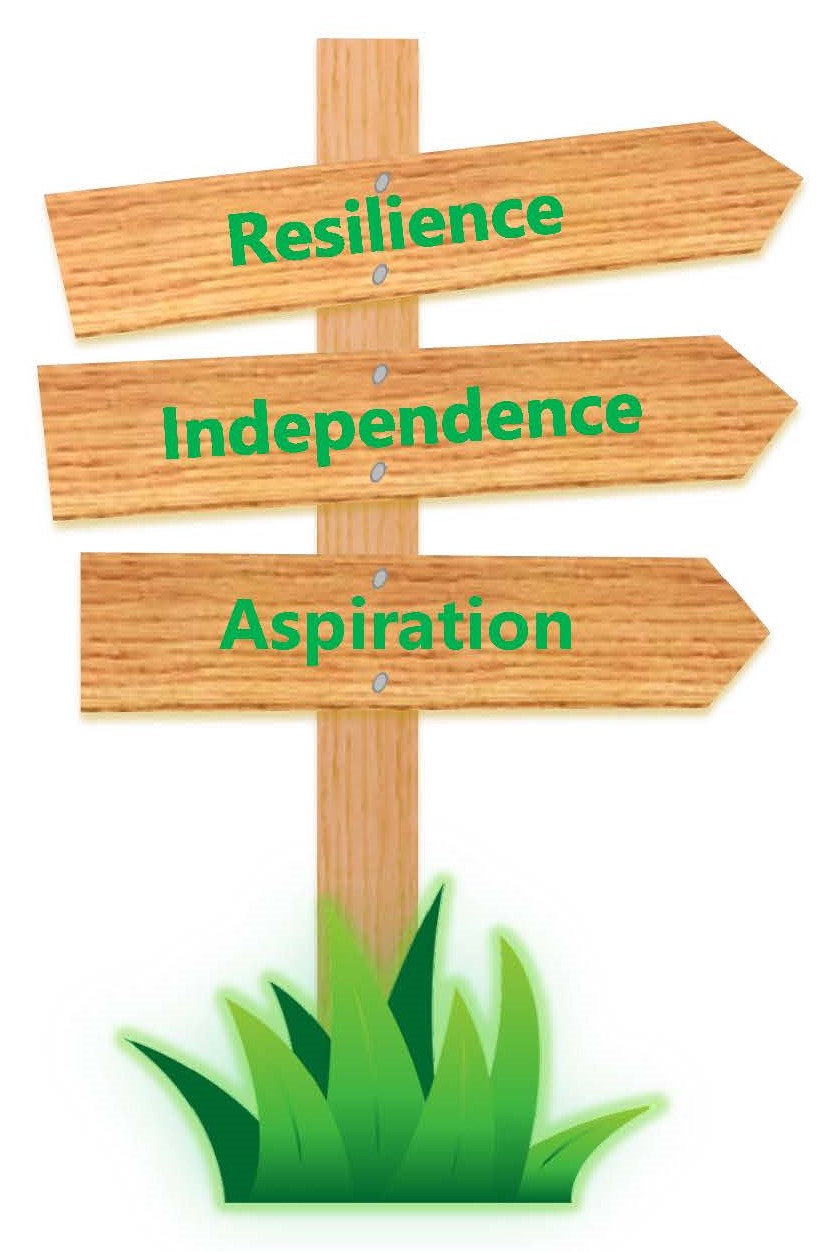Geography
Our Vision
Our school is one family, united in love and deeply rooted in our Christian values, where together on life’s journey we flourish, striving for excellence in all that we do. Inspired by the transformation of St Paul, and enlightened by the glory of God, we will shine like stars to make the world a better place.

Our Curriculum Drivers
Our three curriculum drivers, Resilience, Independence and Aspiration shape our curriculum breadth. They are used to ensure we give our children appropriate and ambitious curriculum opportunities.
Intent
At St Paul’s it is our intention that the study of geography will inspire in our children a sense of awe and wonder about the World they live in and an understanding of their place in it. This is linked to two of our curriculum drivers. Over the course of their study they will learn how their lives and the places in which they live are connected to others, making links with other peoples and cultures, and understanding that they are both shaped by and impacted on the environments they inhabit. It will enable our pupils to think critically about the impact human activity has on the natural world and how we can improve this. They will begin to understand the importance of sustainable development and their rights and responsibilities to other people and the environment as well as how to gather information and process data to enable them to ask and answer questions and make responsible choices in the future.
Implementation
The school’s Geography curriculum is planned and sequenced so that new knowledge and skills build on prior knowledge and skills and towards our vision for our children as geographers by the end of Year 6. The long-term plan (see below) has been designed around progression in the 3 key strands of locational knowledge, place knowledge and human and physical geography, alongside skills and fieldwork. Teaching is based around three topics each year from the EYFS to Year 6, extending from the familiar and concrete to the unfamiliar and abstract. Pupils accumulate knowledge as they progress. For example, in Year 1’s local area study, children learn basic geographical concepts, knowledge, vocabulary and skills through the concrete experience of a familiar place. This then allows them to make meaningful comparisons with the Zambian locality of Mugumareno Village in Year 2. During Key Stage 2, this knowledge of places feeds into regional studies from the Americas, Europe and the UK. Knowledge becomes both broader and deeper as pupils progress and become familiar with an ever-wider range of places. This growing knowledge is also fed by the development of locational knowledge, geographical skills and a growing understanding of human and physical processes. We use Odyizzi resources alongside a variety of other resources to create a curriculum which is appropriate for our children, for instance teaching a topic on Scandinavia in Year 4 to tie in with study of the Anglo Saxons and Vikings in History and basing our Year 6 locational study around School Journey.
Impact
By the age of 7 pupils should:
- Have simple locational knowledge about individual places and environments, especially in the local area, but also in the UK and wider world.
- Show understanding by describing the places and features they study using simple geographical vocabulary, identifying some similarities and differences and simple patterns in the environment.
- Be able to investigate places and environments by asking and answering questions, making observations and using sources such as simple maps, atlases, globes, images and aerial photos.
By the age of 9 pupils should:
- Have begun to develop a framework of world locational knowledge, including knowledge of places in the local area, UK and wider world, and some globally significant physical and human features.
- Demonstrate their knowledge and understanding of the wider world by investigating places beyond their immediate surroundings, including human and physical features and patterns, how places change and some links between people and environments. They become more adept at comparing places, and understand some reasons for similarities and differences.
- Be able to investigate places and environments by asking and responding to geographical questions, making observations and using sources such as maps, atlases, globes, images and aerial photos. They can express their opinions and recognise that others may think differently.
By the age of 11 pupils should:
- Have a more detailed and extensive framework of knowledge of the world, including globally significant physical and human features and places in the news.
- Understand in some detail what a number of places are like, how and why they are similar and different, and how and why they are changing. They know about some spatial patterns in physical and human geography, the conditions which influence those patterns, and the processes which lead to change. They show some understanding of the links between places, people and environments.
- Be able to carry out investigations using a range of geographical questions, skills and sources of information including a variety of maps, graphs and images. They can express and explain their opinions, and recognise why others may have different points of view.
